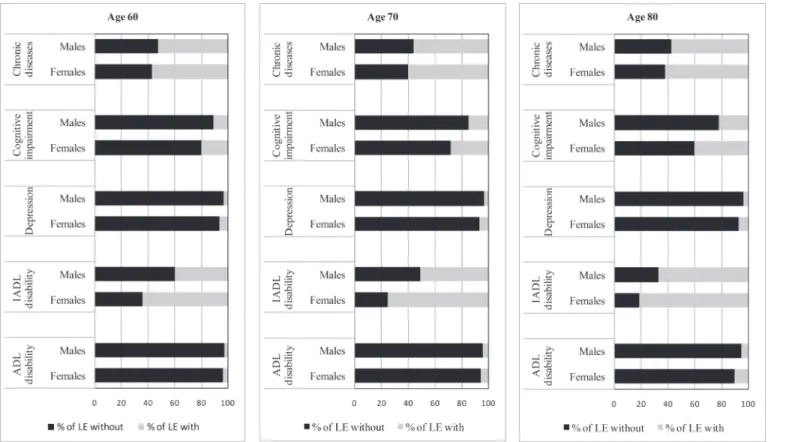Gender differences in health expectancies across the disablement process among older Thais.
Texto
Imagem




Documentos relacionados
Finally, a high prevalence of spine diseases in older people people of both gender 3,4,19 was also observed in our study. Spine diseases can reduce the physical performance of
The objective of this study was to ve- rify the prevalence of functional disability to perform basic and instrumental activities of daily living in the
We found signiicant impairment of functional status, especially in instrumental activities of daily living and in association with socioeconomic and health variables; those aspects
Objective: To assess the association between communication and the abilities of elderly people with mild cognitive impairment to perform instrumental activities of daily
O presente estudo teve por objetivo caracterizar o perfil sociodemográfico dos idosos com artrite ou reumatismo em relação ao sexo; estimar a prevalência e os fatores associados
Objective : to characterize the sociodemographic profile of elderly persons with arthritis/ rheumatism in relation to gender, as well as to estimate the prevalence and factors
OBJECTIVE: To evaluate the magnitude of wealth-related inequalities in basic activities of daily living among community-dwelling Brazilian older adults and to determine
CONCLUSIONS: The ELSI-Brazil results reveal the expressive care demand of the Brazilian population aged 50 years or older with functional disabilities on activities of daily